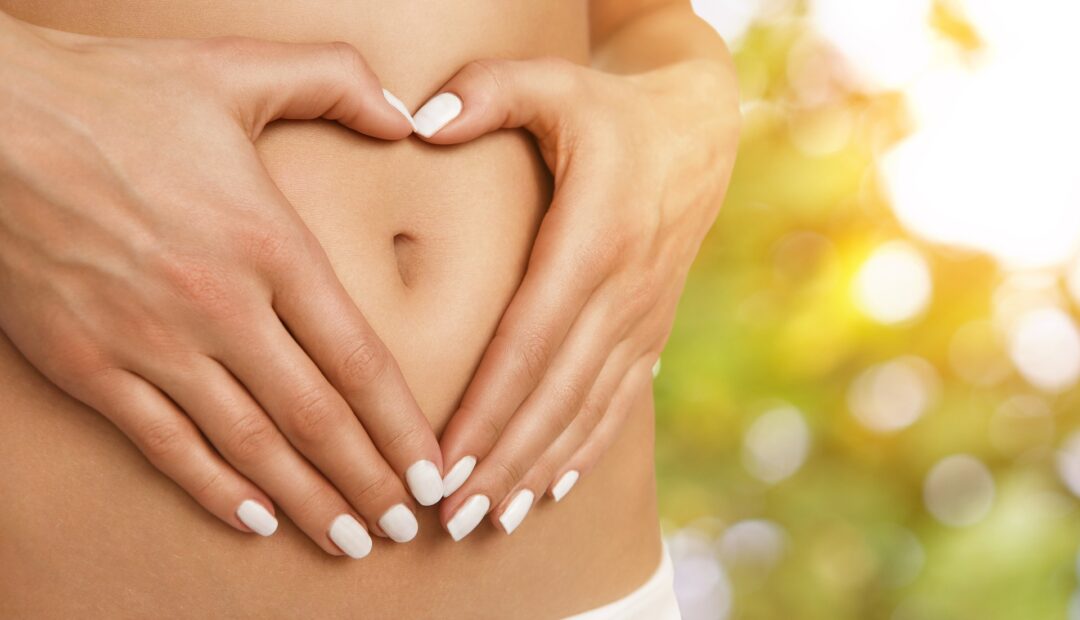Landau opened by defining prebiotics—and noting that GPA’s definition is different from ISAPP’s definition. GPA’s definition—”A prebiotic is a nutritional product and/or ingredient selectively utilized in the microbiome, producing health benefits”—uses the phrase “nutritional product and/or ingredient” rather than “substrate.” Landau notes that the swap makes the definition more accessible to consumers.
The benefits of prebiotics can be major. “There’s research on diabetes, IBS, IBD, obesity, Crohn’s, colitis—resistant starch can be very beneficial for people with IBS, IBD, Crohn’s,et cetera,” Landau noted. She added that this is a new way of looking at these diseases: “The focus has always been onremovingfiber from the gut, but when you look at what you canincorporate, very valuable science is showing that this can help.”
The event included several eye-opening polls regarding what foods are and are not prebiotics—and under what circumstances. For instance, attendees were provided with bags of Solnul resistant potato starch, but were warned not to mix it into heated foods, because heat breaks down the prebiotic fibers—important information for those looking to incorporate prebiotics into their diet. For the same reason, unripe bananas are prebiotic, but not ripe bananas. Apples contain pectin, a prebiotic fiber; apple cider vinegar, however, is not a prebiotic—Landau told attendees that while there is some talk that The Mother in the vinegar may be a prebiotic, “there’s no substantiated science to support that.”
Most importantly: Not all fibers are prebiotic—and not all prebiotics are fibers. Eating a high-fiber grain doesn’t necessarily mean that a person is getting prebiotics. This isn’t to say that non-prebiotic fibers aren’t important; “A blend of fibers is obviously needed to push some of these prebiotic fibers down to where they can work,” Landau said, “but that doesn’t make them necessarily prebiotics.” Meanwhile, Landau added to the list of emerging prebiotics bacteriophages, polyphenols—she’s a fan of kiwi fruit powder as a polyphenolic prebiotic—lactulose, curcumin and other phytonutrients, and omega-3s. “This is a space to watch, basically,” she said.
And consumers are watching it, according to data shared by GPA’s Communications Director, Traci Kantowski. 81% of supplement users are familiar with prebiotics—Kantowski noted that this number may be overblown, due to possible confusion between probiotics and prebiotics, but nonetheless, she said, “in general, people know about it and ask about it.” Data from the Nutrition Business Journal showed that at Expo West 2019, prebiotics were appearing most often in Snack, Energy & Granola Bars, followed by supplements, followed by Energy, Protein & Muscle Recovery Drinks. Additional data GPA shared found that, when it comes to dietitians’ recommendations, they most often recommend brands based on ease of finding it and the price.
Related: Global Prebiotic Association Gains New Members Microbiome Boost Biosearch Life and By-Health Sign R&D Agreement
When it comes to choosing products to stock, Landau notes two important features: amount and diversity. “There might be products that don’t contain prebiotics in an effective dose. So if the product has barely any inulin and is calling itself prebiotic, the consumer won’t see real benefits from that,” she said. And when it comes to diversity, she says that that goes back to the science. “Different bacteria eat different fibers, so you can’t eat one and be done. We’re starting to see a lot more functional foods and beverages on the market. Tigernuts, Lupini beans, Mama Chia chia squeezes, Olipop drinks, Gut Happy cookies all contain prebiotics in scientifically proven amounts. The ultimate message that we’ve got here is that we have to consume a variety of different types. Diversity is ultimately what’s going to support the gut.” Inulin alone, in other words, isn't enough. Featuring products that contain a range of oligosaccharides—or cross-merchandising products that contain one prebiotic with products containing other prebiotics—can help your customers get what they need.Landau’s final takeaway: “Gut health and the microbiome—you could call them a mega-trend, but it’s here to stay. It’s science. We know that prebiotics are good for you. It’s just classified as a trend because it’s growing, and people are beginning to take interest. It’s not something that’s here for a year or two, and then going to vanish. Prebiotics are here to stay, they have an essential place in the diet.”
Looking for more science and information on the microbiome? Consider registering to view the Naturally Informed eventDriving opportunities in the microbiome space on demand atwww.NaturallyInformed.net.










